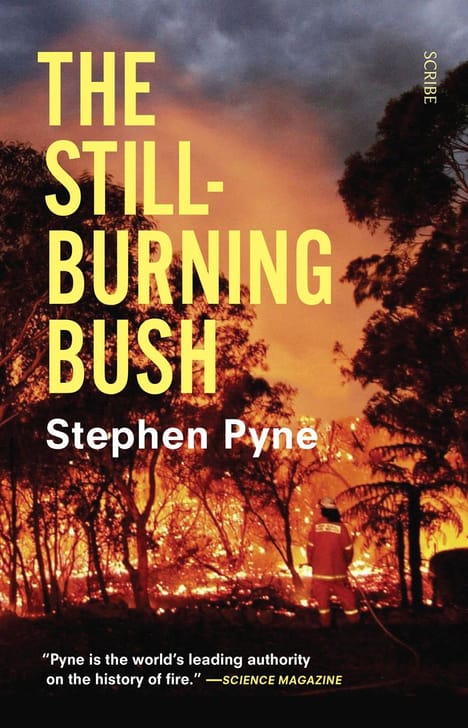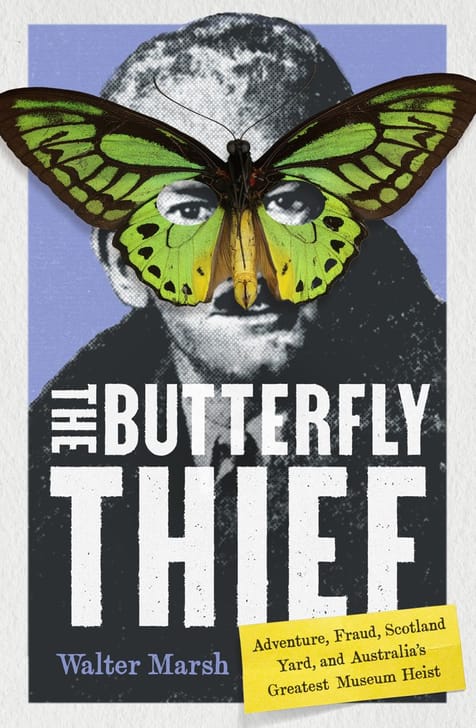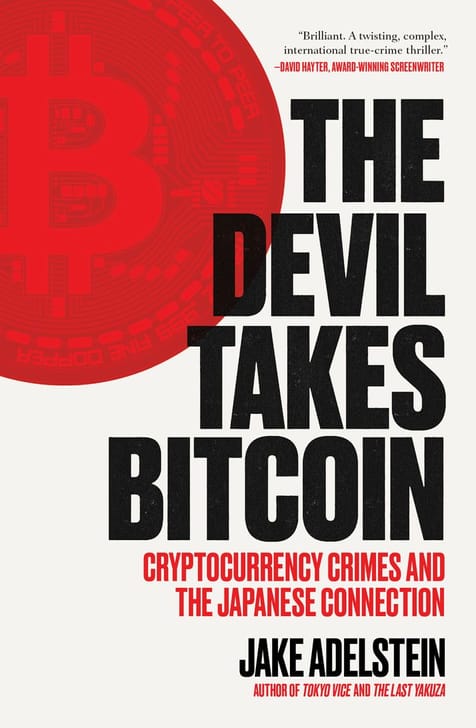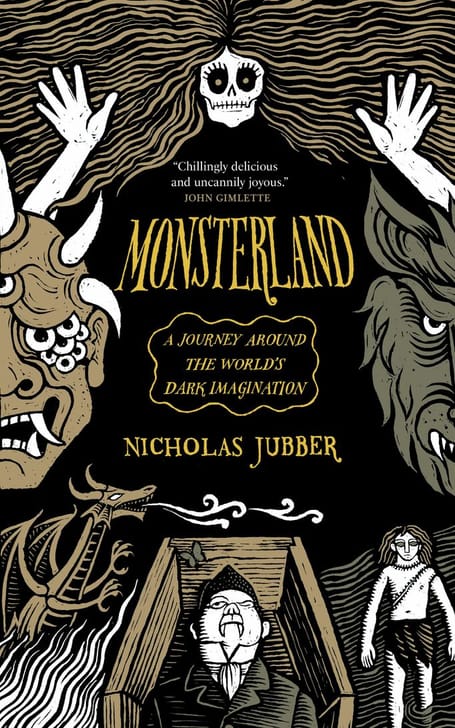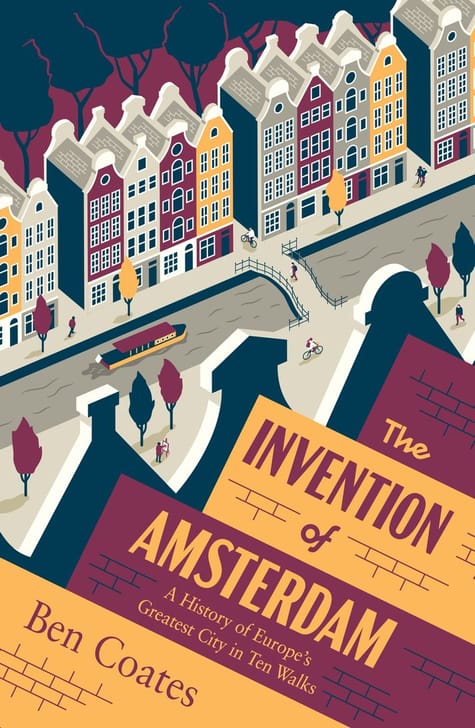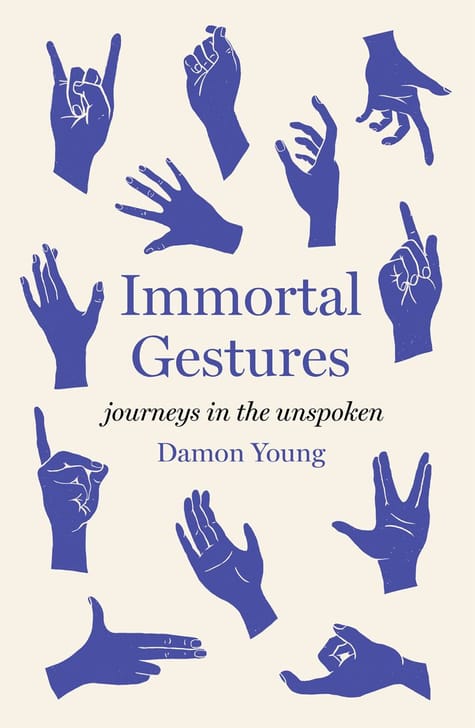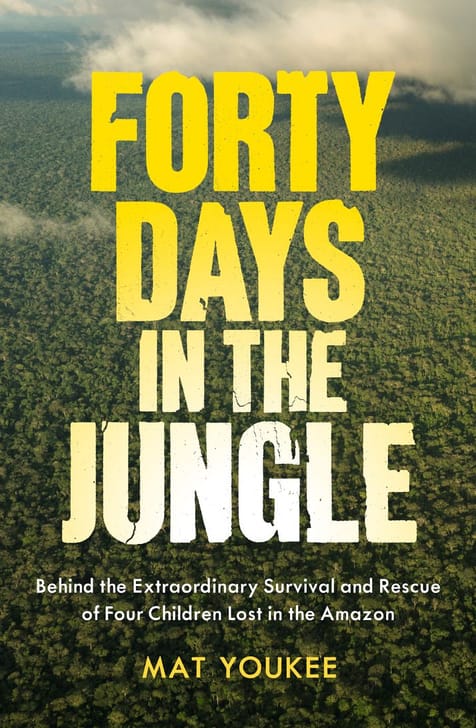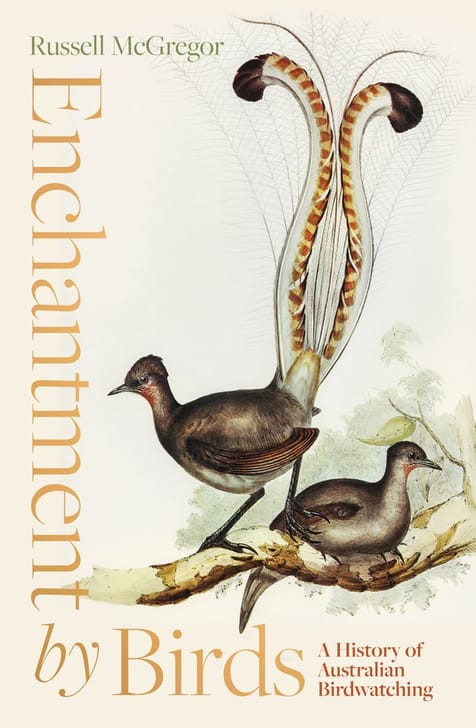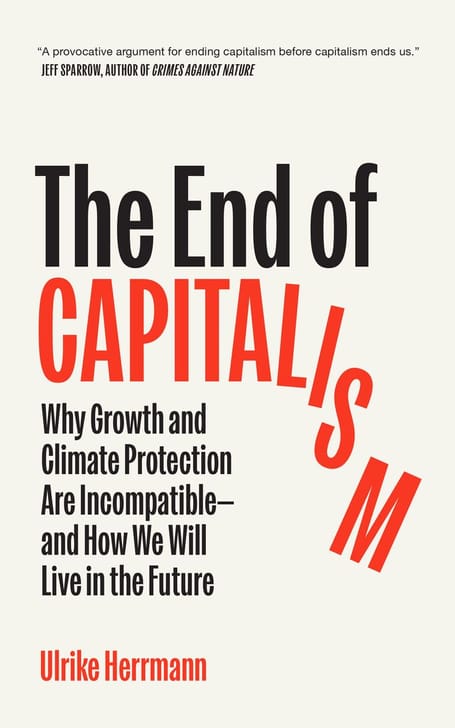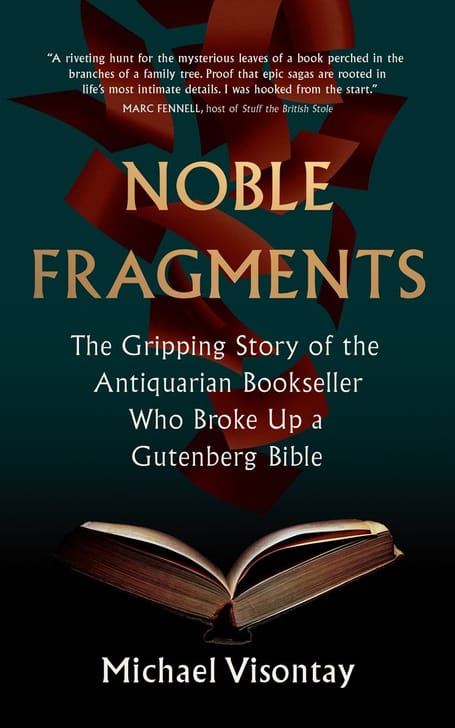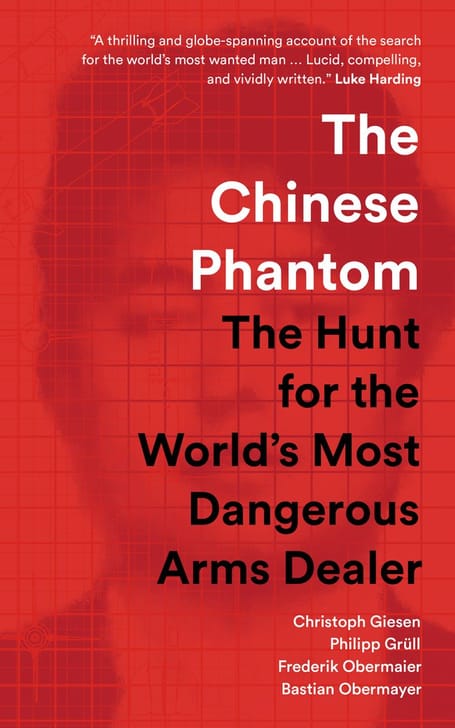The Still-Burning Bush
Overview
Long a fire continent, Australia now finds itself at the leading edge of a fire epoch.
Australia is one of the world’s fire powers. It not only has regular bushfires, but in no other country has fire made such an impact on the national culture.
Over the past two decades, bushfires have reasserted themselves as an environmental, social, and political presence.
The Still-Burning Bush traces the ecological and social significance of the use of fire to shape the environment through Australian history, beginning with Aboriginal usage, and the subsequent passing of the firestick to rural colonists and then to foresters, to ecologists, and back to Indigenes.
Each transfer kindled public debate not only over suitable fire practices but also about how Australians should live on the land. In Australia, the 2019–2020 season have heightened the sense of urgency behind this discussion, as the megafires of recent decades and the serial conflagrations in California have for Americans.
The Still-Burning Bush examines the global changes that are affecting Australia (and the world). Especially pertinent is the concept of a Pyrocene—the idea that humanity’s cumulative fire practices are fashioning the fire equivalent of an ice age.
Details
- Format
- Size
- Extent
- ISBN
- RRP
- Pub date
- Paperback
- 5.3in x 8.3in
- 176 pages
- 9781950354481
- USD$16.00
- 1 September 2020
Praise
“Both the scientific world and professionals who work in forestry management view Pyne’s seminal Burning Bush: A Fire History of Australia (1991) as something between a road map for preventing future disasters and a work of poetry. This follow-up is a hybrid of sorts, adding a new preface and epilogue to a previous sequel with the same title but also including contemporary context to the concepts that were reiterated in the 2006 edition…impressive…More solid work from a fire expert.”
“[An] eloquent and provocative book”.
About the Author
Stephen Pyne is an emeritus professor at Arizona State University. Among his many books are Fire in America: A Cultural History of Wildland and Rural Fire, and Year of the Fires: The Story of the Great Fires of 1910.
